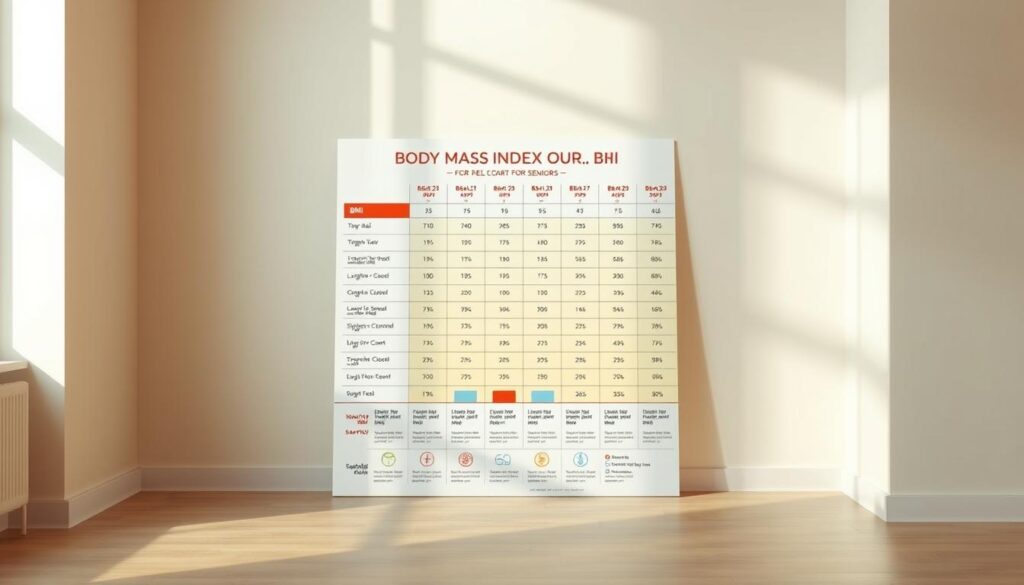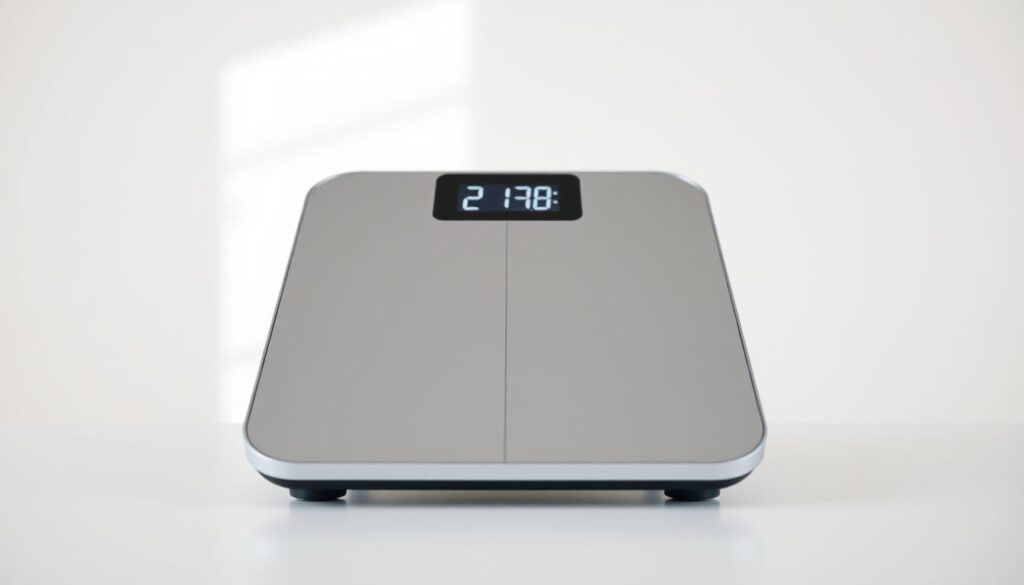What if the standard tools you’ve relied on for years no longer reflect your true health needs? As we age, shifts in muscle mass, bone density, and metabolism mean traditional body mass index measurements might not tell the full story. That’s why we’ve created a specialized approach tailored for those navigating their health journey past 60.
Our tool recognizes that body composition changes with time. Unlike generic methods, it accounts for age-related factors while using the same trusted formula: weight divided by height squared. Whether you prefer pounds and inches or kilograms and meters, the system adapts seamlessly to your preferences.
Understanding your health risks becomes simpler when measurements align with your life stage. This article will guide you through real-world examples, clarify why age-specific guidelines matter, and offer actionable steps to improve wellness. Let’s explore how small adjustments today can lead to meaningful, lasting benefits.
Key Takeaways
- Body composition shifts significantly after age 60, requiring tailored health metrics
- Specialized tools account for muscle loss and metabolic changes in older adults
- Both Metric and Imperial measurement systems are supported for convenience
- Regular health assessments help identify potential risks early
- Practical lifestyle adjustments can improve outcomes at any age
Understanding BMI and Its Importance for Older Adults
Health assessments evolve as we age, revealing new priorities. The body mass index remains a starting point for evaluating wellness, but its interpretation shifts after 60. This metric uses weight and height to estimate body fat levels, calculated as kg/m² or lb/in² x 703.
What Is Body Mass Index and Why It Matters?
While BMI helps identify potential health risks, aging alters its implications. Research shows older adults with readings between 23-29.9 often have better outcomes than younger people in the “normal” 18.5-24.9 range. Three key factors drive this difference:
- Muscle mass naturally declines by 3-8% per decade after 30
- Fat redistribution toward abdominal areas increases metabolic risks
- Bone density changes affect weight measurements
Age-Related Changes in Body Composition
After 60, bodies store fat differently while losing lean tissue. A 160-pound person might carry 15% more fat than they did at 40, even with identical measurements. This explains why BMI sometimes underestimates health risks in seniors.
Doctors combine these numbers with waist circumference and blood tests for accurate assessments. As one geriatric specialist notes: “BMI alone can’t capture the full picture, but it remains a valuable conversation starter.”
Later sections will demonstrate how our specialized tool addresses these nuances. For now, remember: Regular check-ups and personalized advice matter more than any single metric.
BMI calculator for adults over 60: How Our Tool Empowers Your Health
Taking charge of your wellness journey becomes simpler with the right resources. Our specialized tool removes guesswork by adapting to your unique needs while maintaining scientific accuracy. Three core features make it indispensable for older users:
Accurate Calculations with Metric and Imperial Support
Whether you track measurements in pounds or kilograms, our system delivers precise results instantly. The interface guides you through three simple steps:
- Select your preferred measurement system
- Enter current height and weight
- Review automatically generated insights
This flexibility eliminates conversion errors while respecting personal preferences. As one user shared: “Finally, a resource that speaks my language – both literally and figuratively.”
Step-by-Step Example Calculation
Let’s examine Audrey’s case. At 70 years young, she enters:
| Measurement | Imperial | Metric |
|---|---|---|
| Weight | 148 lbs | 67 kg |
| Height | 5’5″ | 1.65 m |
| Result | 24.6 (Healthy range for seniors) | |
Our tool uses the standard formula (weight ÷ height²) while applying age-adjusted ranges. This approach helps users like Audrey understand their results through a senior-specific lens. For additional insights, explore AARP’s health resources that complement our calculations.
Real-time feedback empowers informed decisions about nutrition and activity levels. Remember: Regular monitoring helps maintain a healthy weight while adapting to your body’s evolving needs.
Health Considerations and Lifestyle Adjustments
Navigating wellness after 60 requires balancing numbers with real-world needs. While measurements offer guidance, they work best when paired with practical habits. Let’s explore how to turn insights into action.
Interpreting Results in the Context of Aging
Readings between 23-29.9 often indicate better outcomes for older adults than younger groups. Muscle loss can skew numbers upward even with stable weight. Consider these factors:
- Higher readings may reflect fat gain, not strength
- Abdominal fat increases heart disease and diabetes risks
- Bone density changes affect total mass measurements
Aligning Nutrition with Your Goals
Focus on protein-rich meals to maintain muscle while managing portions. A 150-pound person might need 20% more protein than younger adults. Try these strategies:
- Add Greek yogurt or lentils to boost nutrients
- Choose high-fiber snacks over processed options
- Stay hydrated – thirst signals weaken with age
Seeking Professional Guidance
Consult your doctor if you experience sudden weight shifts or fall outside the 18.5-24.9 range. Persistent fatigue or breathing difficulties also warrant attention. As one nutritionist advises: “Use your results as a conversation starter, not a final verdict.”
Regular movement – even gentle walks – supports healthy weight management. Pair activity with balanced meals for lasting benefits. Remember: Your health journey remains unique at every stage.
Conclusion
Empowering your health journey requires tools that adapt as you do. Our specialized assessment simplifies tracking changes in body fat and mass index while respecting age-related shifts in muscle and bone density. Research shows optimal ranges differ for seniors, with studies like this analysis of 1,051 older revealing distinct risk patterns tied to body composition.
The example we shared earlier demonstrates how easy it is to gain personalized insights. While numbers provide guidance, they work best alongside professional advice and effective strategies for maintaining strength. Focus on nutrient-rich meals and regular movement—even small adjustments support lasting vitality.
Remember: Your healthy weight isn’t just a number. It’s a balance of energy, mobility, and proactive care. Use our resource as a starting point, then build habits that honor your body’s evolving needs. Together, we can navigate wellness with clarity and confidence.



